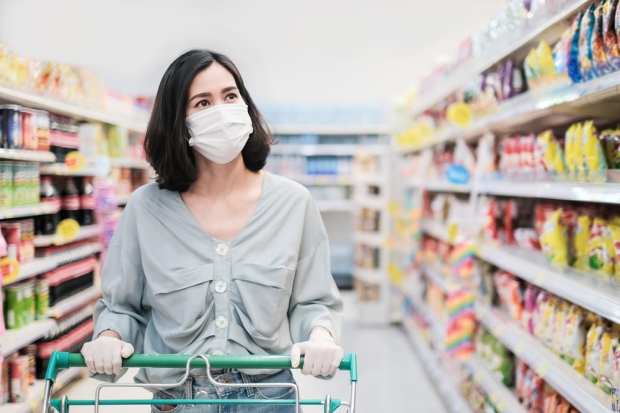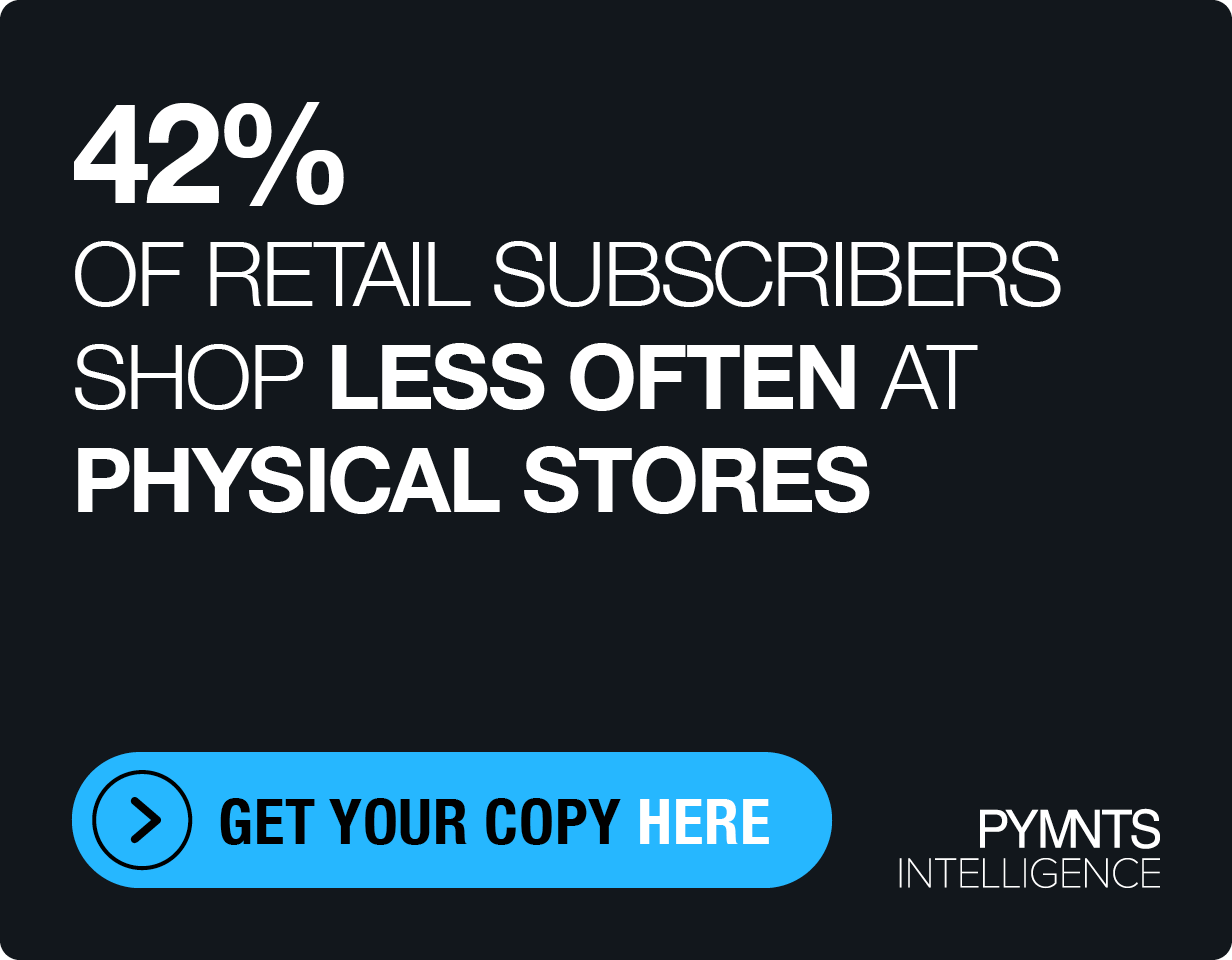Kroger, Kohl’s Mandate Customers Wear Face Masks

Kroger and Kohl’s will require customers to wear masks in all locations across the country, the companies announced separately on Wednesday (July 15), hours after Walmart and Sam’s Club did the same.
The chains had already required masks at locations where the rule is state-regulated, but this decision expands the restriction greatly.
Masks are a dominant point of conversation these days. Goldman Sachs recently said that a national mask law could lessen the daily growth rate of the coronavirus by 1 percent and prevent a 5 percent drop in gross domestic product (GDP) in the U.S. economy.
In a tweet, Kroger announced late Wednesday afternoon that starting July 22, customers would be required to wear masks in all its stores across the country. All employees are already required to wear masks.
With the increase in #COVID19 cases across the country, we are committed to doing our part to help reduce the spread of the virus. Starting July 22, we will require all customers in all locations to wear a mask, joining our associates who continue to wear masks. pic.twitter.com/r9WPD3QNFa
— Kroger News (@KrogerNews) July 15, 2020
Kroger also recently announced that it would temporarily halt giving coin change due to the coin shortage caused by the pandemic. Customers can either store the change on their loyalty cards or round up the bill to the nearest dollar, donating the extra to charity.
The grocery chain reported a stellar first quarter in June, with a 19 percent increase in revenue year over year. The store took in $42 billion in Q1.
Kohl’s will require masks beginning July 20, the retail store announced in a press release. The company also already required all employees to wear masks when working.
“As COVID-19 cases continue to rise, face covering mandates have grown to apply to approximately 70 percent of our store base, therefore we’ve made the decision to take a consistent approach across our entire store fleet,” the release said.
Signs and employees stationed outside the doors will remind customers to don masks if they wish to shop inside.
Last month, Kohl’s CEO Michelle Gass said the chain benefitted from rapidly adapting to social distancing rules and created safety practices, such as plexiglass barriers at checkout and curbside pickup for online orders. As of June 5, 80 percent of the stores that had closed had reopened.
